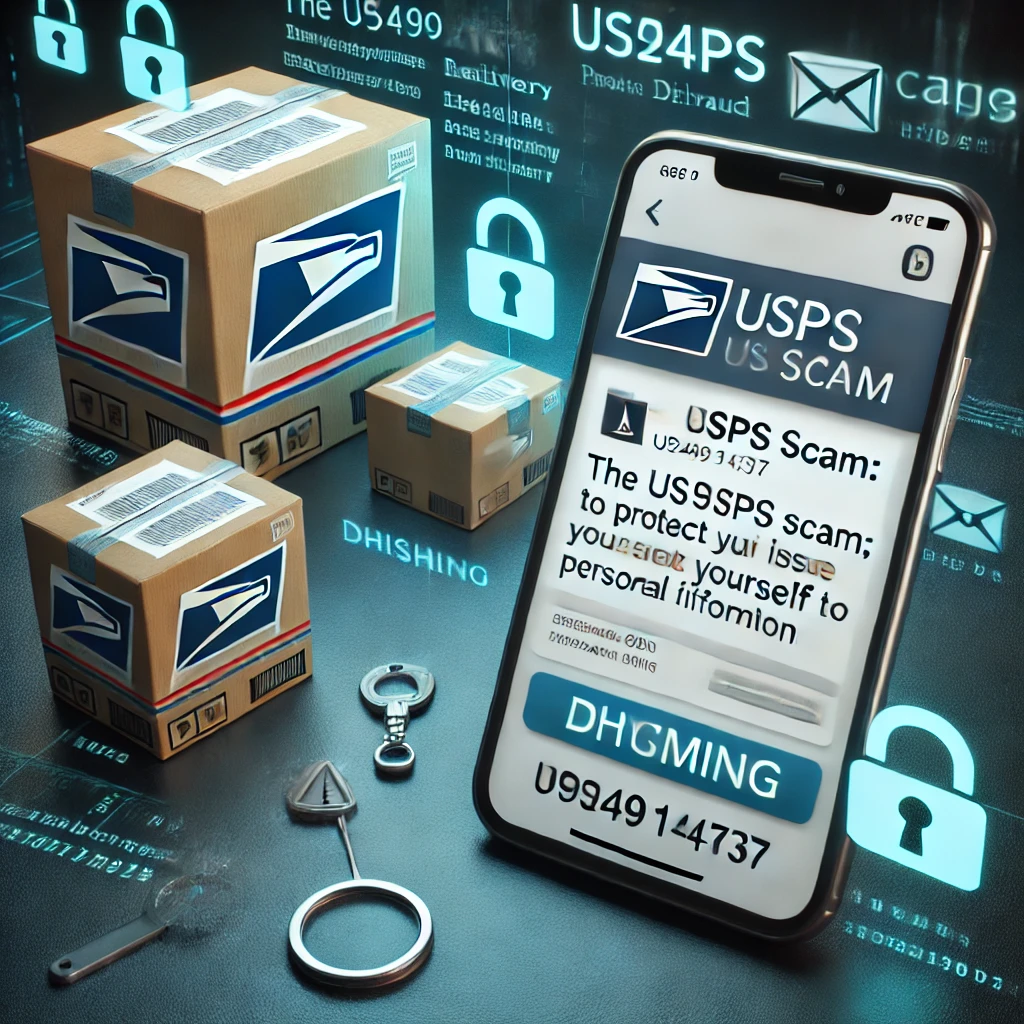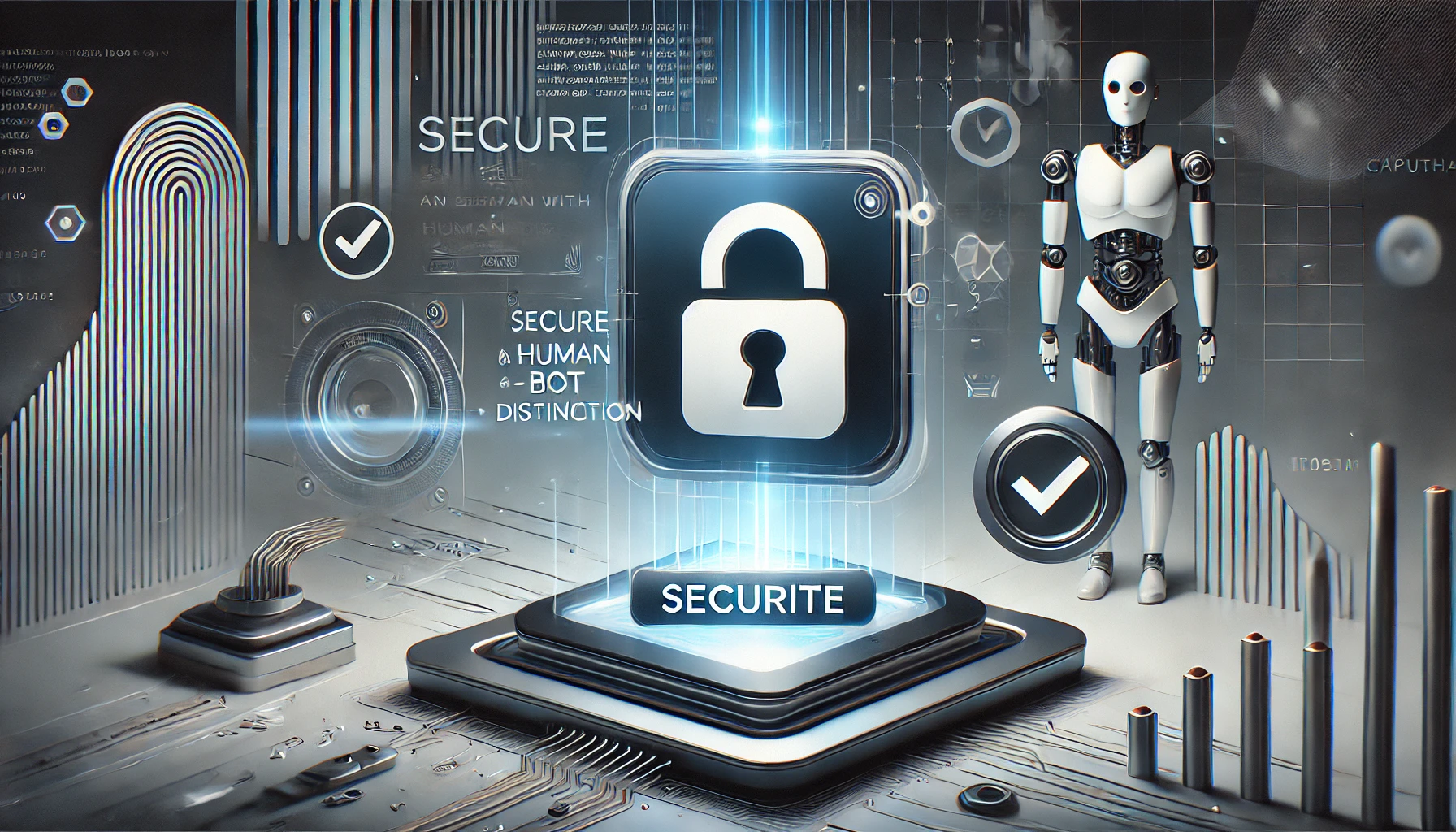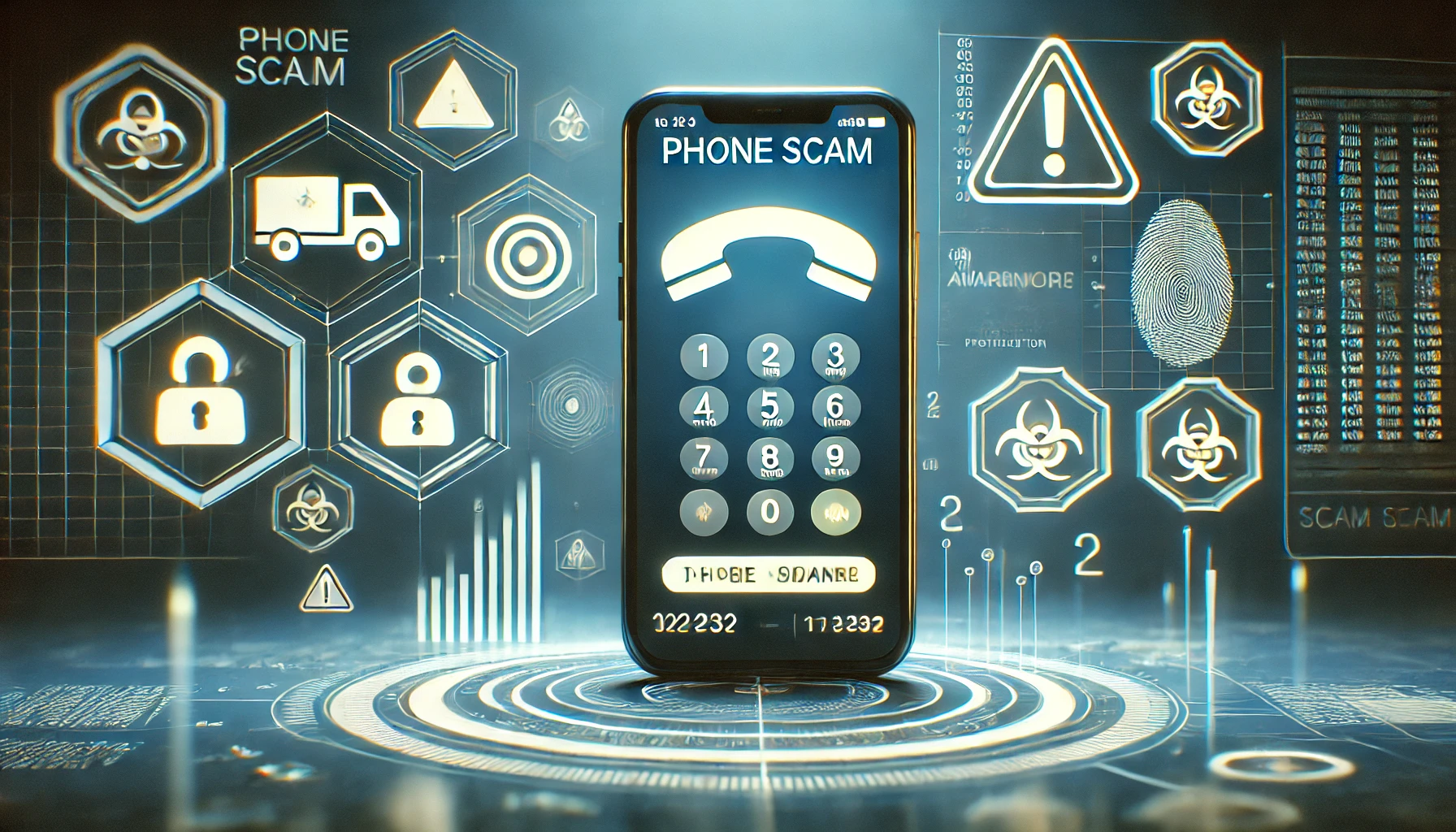Phishing scams are becoming more sophisticated, and one of the latest threats is the us9524901144737 USPS scam. This scam tricks recipients into believing they missed a package delivery, urging them to provide personal information through a fake USPS site. In this article, we’ll walk you through how this scam works, red flags to watch out for, and essential steps to protect yourself.
Overview of the us9524901144737 USPS Scam
The us9524901144737 USPS scam starts with a message—usually via text, email, or voicemail—claiming that a delivery failed because of an incorrect address. Victims are directed to a fraudulent website designed to resemble the USPS site. The goal is to collect personal details like your name, address, and financial information to commit identity theft or billing fraud.
This phishing scheme capitalizes on urgency, making people believe they need to act immediately to receive their package. Thousands of people have already been targeted, with many suffering financial losses and compromised identities.
How the us9524901144737 Scam Works (Step-by-Step)
The scam unfolds in four distinct stages, each designed to manipulate victims:
Stage 1: Initial Contact
Victims receive a seemingly legitimate message from “USPS,” which claims a package could not be delivered due to address issues. It includes the us9524901144737 tracking number, making the communication look official. Most recipients are likely waiting on packages, making it easy to fall for the scam.
Stage 2: Deceptive Redirect to a Fake Website
Clicking the link takes victims to a phishing site that mimics the official USPS website. The design, logos, and even URLs are carefully crafted to appear authentic. For instance, the URL might look like “USPS-secure365.com” instead of “USPS.com.”
Stage 3: Request for Personal Information
On the fake site, victims are told they need to verify or update their address to schedule redelivery. The form asks for sensitive information, such as:
- Full Name
- Address
- Phone Number
- Credit card details (for a small redelivery fee)
Stage 4: Exploiting Stolen Data
Once submitted, scammers use the stolen information for identity theft, fraud, or to sell it on the dark web. Victims often discover fraudulent transactions or unauthorized credit accounts opened in their name.
Signs That You’re Being Targeted by the us9524901144737 Scam
To protect yourself, it’s essential to recognize red flags:
- Unsolicited Messages: If you aren’t expecting a package, be suspicious of delivery failure notifications.
- Urgent Requests: Scammers create a sense of urgency to make you act quickly.
- Suspicious Links: Hover over links to check if the URL matches the official USPS site.
- Requests for Personal Information: USPS will never ask for sensitive data like your credit card information through a link.
- Poor Grammar and Spelling Errors: Scam messages often contain typos or awkward language.
What to Do If You Shared Personal Information
If you’ve fallen for the us9524901144737 scam, take the following steps immediately:
- Contact Your Bank: Report any suspicious activity or potential fraud on your accounts.
- Place a Fraud Alert: Contact one of the three major credit bureaus—Experian, Equifax, or TransUnion. A fraud alert can prevent new accounts from being opened in your name.
- Monitor Credit Reports: Regularly review your credit reports for unauthorized activity.
- Change Passwords: Update passwords for your online accounts, especially if you used similar credentials on the fake USPS site.
- File an Identity Theft Report: Report the incident to the Federal Trade Commission (FTC) and your local police department.
- Consider a Credit Freeze: A credit freeze can further protect you by blocking access to your credit report.
Reporting the Scam to USPS and Authorities
Reporting the scam is essential to prevent others from becoming victims. Follow these steps:
- Report to USPS: Visit the official USPS website and use their fraud reporting tool.
- Notify the FTC: Submit a complaint to the Federal Trade Commission at IdentityTheft.gov.
- Contact Your State’s Attorney General: Many states have resources to assist identity theft victims.
Tools and Tips to Protect Yourself Against Phishing Scams
- Verify Messages: If you receive an unexpected notification, contact USPS directly through their official website or phone number.
- Enable Multi-Factor Authentication (MFA): Add an extra layer of security to your online accounts.
- Use a Password Manager: Avoid reusing passwords across different sites.
- Install Antivirus Software: Keep your devices secure with updated antivirus tools.
- Monitor Bank Accounts Regularly: Detect unauthorized transactions early.
Legal Consequences and How to Take Legal Action
While USPS is often impersonated, they take such scams seriously. Victims can:
- File Legal Complaints: Contact local authorities or consult a lawyer for guidance on legal action.
- Seek Compensation: In some cases, credit card companies offer fraud protection and reimbursements.
- Join Class Action Lawsuits: Victims of large-scale phishing campaigns may be eligible to join lawsuits seeking damages.
Real-Life Examples and Statistics Related to the Scam
According to cybersecurity reports, phishing scams targeting delivery services are on the rise. In 2023 alone, over 20,000 phishing cases involving fake delivery notifications were reported. Victims lost an estimated $30 million due to identity theft and fraudulent credit activities.
For example, a Texas woman reported that she received a message with tracking number us9524901144737, resulting in unauthorized transactions totaling $5,000 within days.
Comparison with Other USPS and Delivery Scams
The us9524901144737 scam is part of a growing trend of phishing attacks involving delivery services. Similar scams involve companies like FedEx and UPS. The pattern remains the same: creating a sense of urgency, spoofed tracking numbers, and fake websites to steal personal information.
Impact of the Scam on Mental Health and How to Cope
Falling victim to a phishing scam can be emotionally draining. Victims often experience stress, anxiety, and embarrassment. Here’s how to cope:
- Talk to a Professional: Counseling can help manage stress and anxiety.
- Join Support Groups: Sharing experiences with other scam victims can be therapeutic.
- Focus on Recovery: Stay proactive by following fraud mitigation steps to regain control.
FAQs: Everything You Need to Know About the us9524901144737 Scam
Is the us9524901144737 tracking number real?
No, it’s a fake number created to deceive victims into sharing personal information.
What happens if I enter my details on the fake site?
Scammers can use your data to commit identity theft, open fraudulent accounts, or sell it on the dark web.
Can USPS track the scam?
USPS actively works to combat phishing scams but recommends individuals report suspicious messages directly.
How do I know if a message is from USPS?
Check the sender’s email address and use the official USPS site to verify delivery issues.
Conclusion and Final Thoughts
The us9524901144737 USPS scam demonstrates how easily scammers can exploit people’s trust through fake delivery notifications. However, staying vigilant, recognizing red flags, and taking proactive steps can prevent you from becoming a victim.
Always verify the authenticity of messages, avoid clicking on unverified links, and monitor your accounts regularly. By spreading awareness about the scam’s tactics, we can help others avoid falling prey to such phishing attempts.
Staying informed and cautious is the best defense against phishing scams in today’s digital world. If you receive a message with us9524901144737, treat it as a scam and take immediate action to protect yourself.



